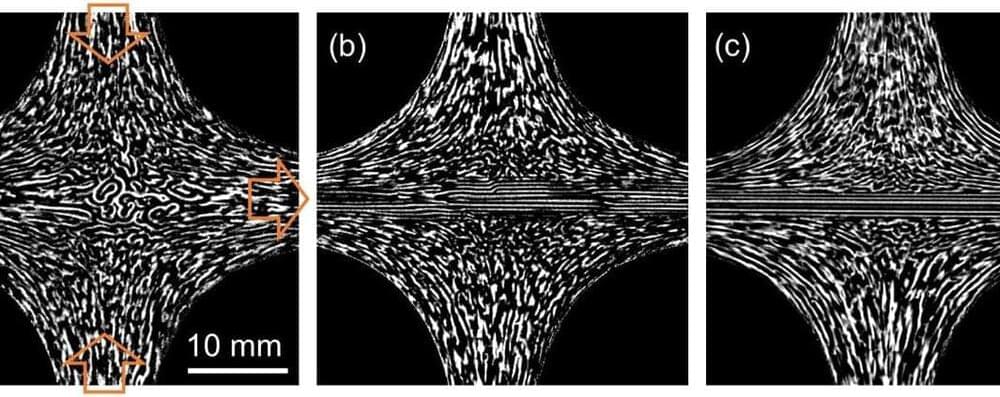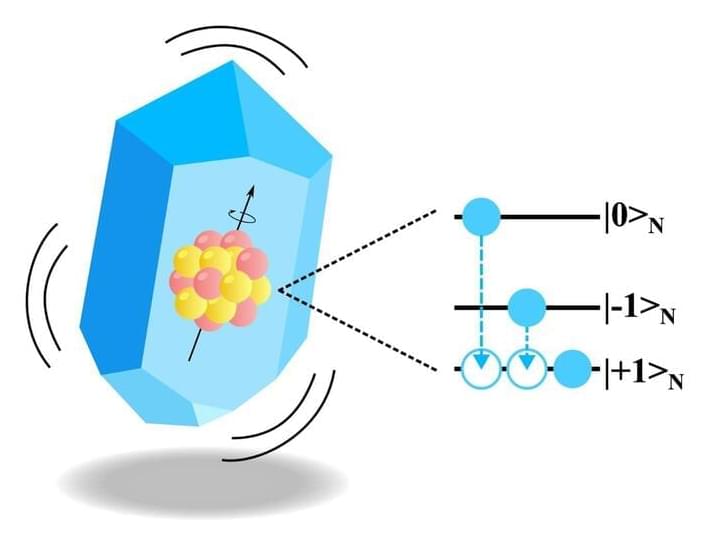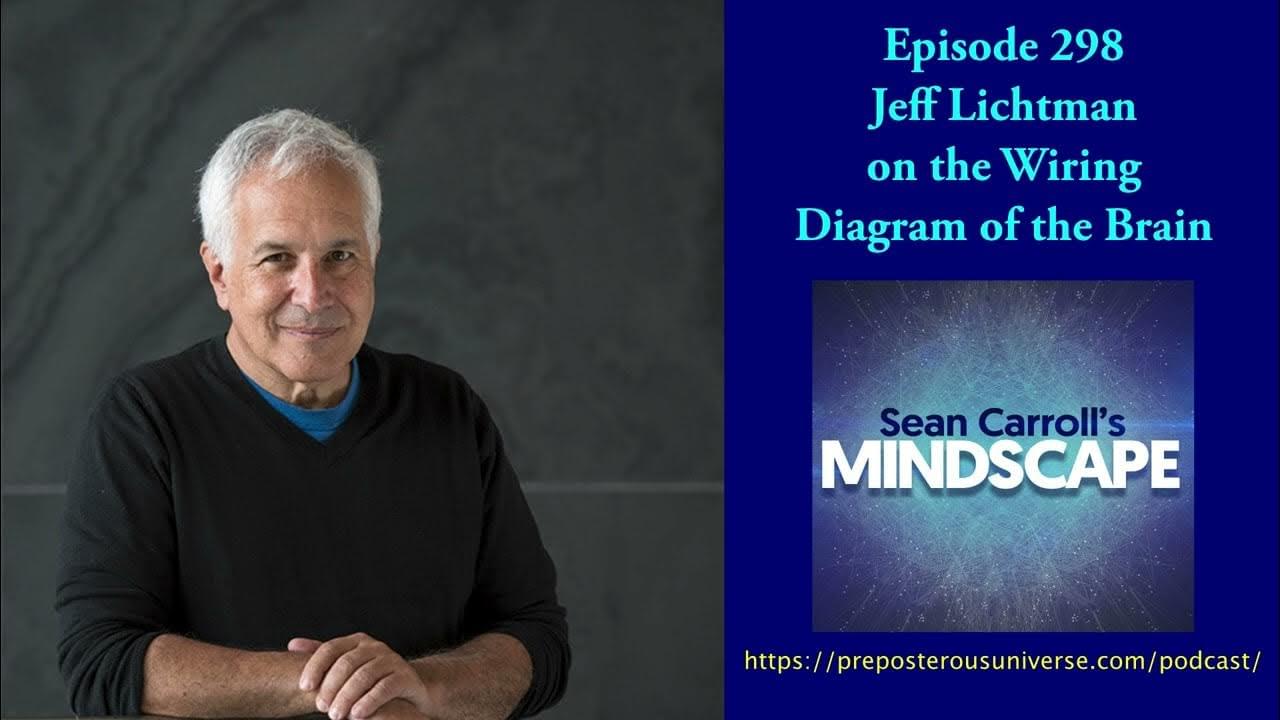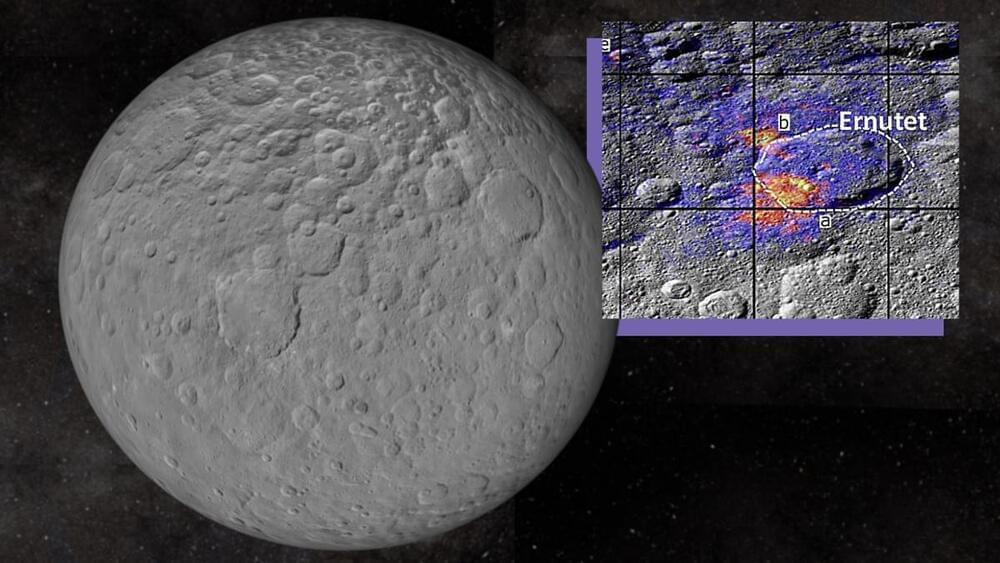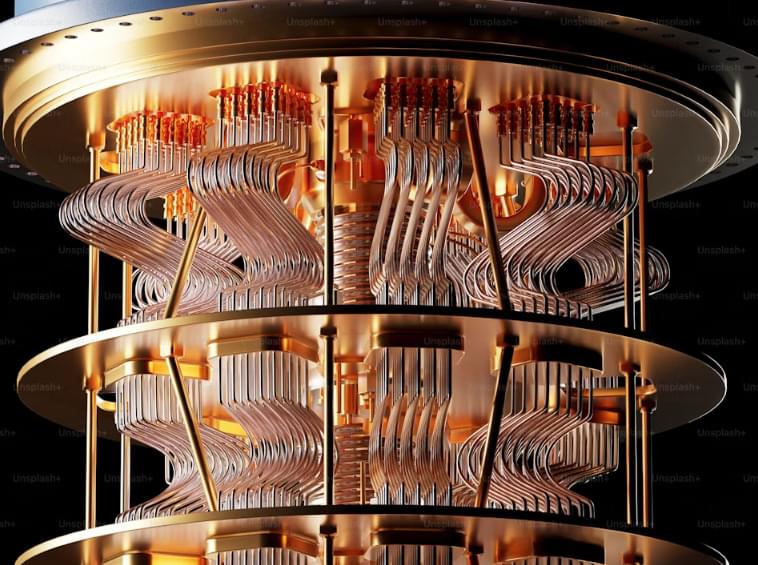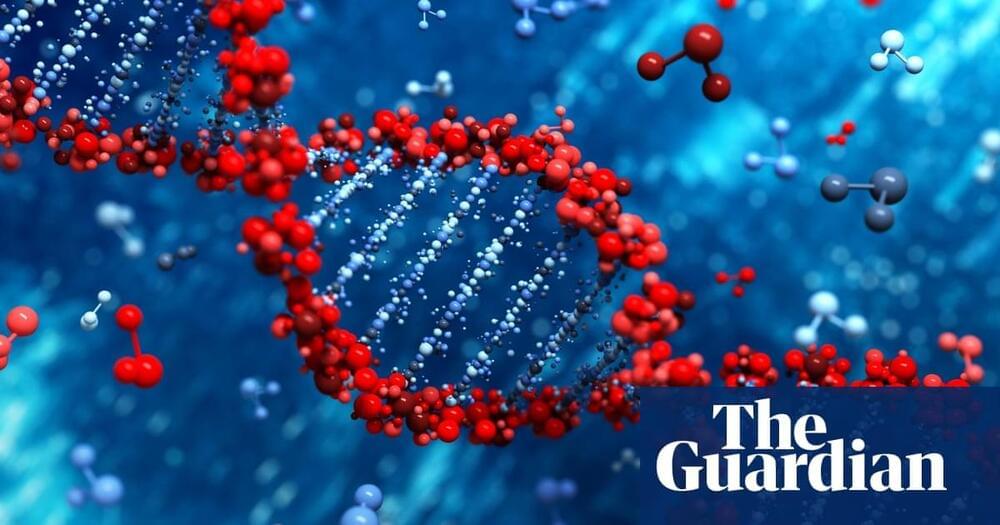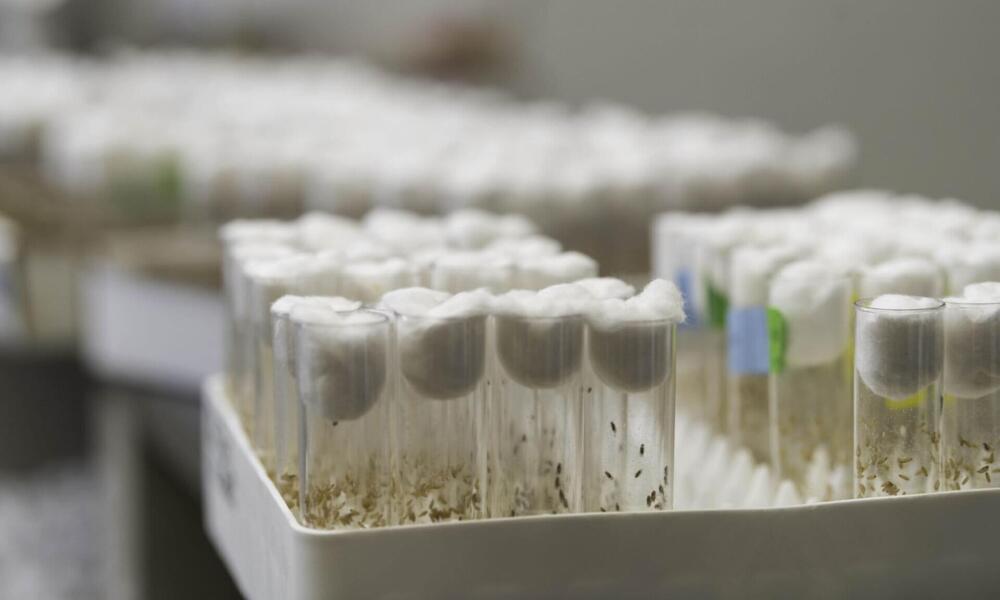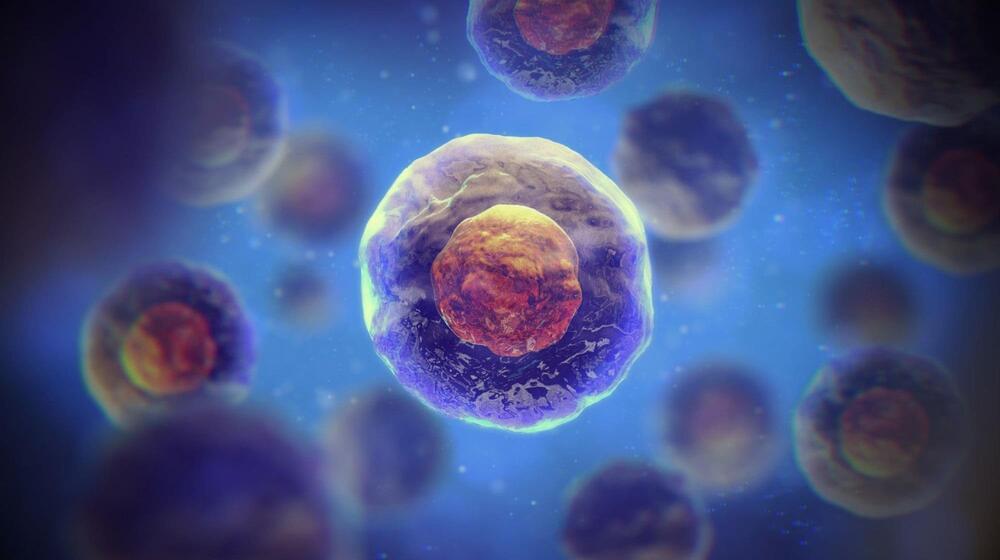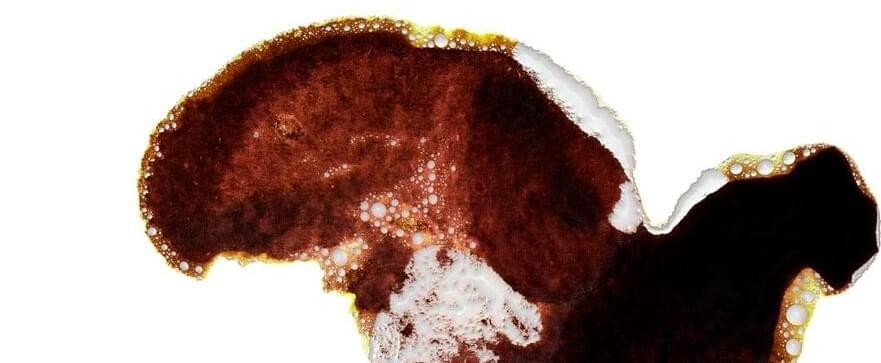Dec 14, 2024
Physicists introduce approach to control wave patterns via fluid flows
Posted by Saúl Morales Rodriguéz in categories: biological, chemistry, education, physics
The reliable control of traveling waves emerging from the coupling of oscillations and diffusion in physical, chemical and biological systems is a long-standing challenge within the physics community. Effective approaches to control these waves help to improve the present understanding of reaction-diffusion systems and their underlying dynamics.
Researchers at Université libre de Bruxelles (ULB) and Université de Rennes recently demonstrated a promising approach to control chemical waves in a type of fluid flow known as hyperbolic flow. Their experimental methods, outlined in Physical Review Letters recently, entail the control of chemical waves via the stretching and compression of fluids.
“At a summer school in Corsica, discussions between the Brussels and Rennes team triggered the curiosity to see how chemical waves studied at ULB in Brussels would behave in hyperbolic flows analyzed in Rennes,” Anne De Wit, senior author of the paper, told Phys.org. “The primary objective was to see how a non-trivial flow would influence the dynamics of waves.”
